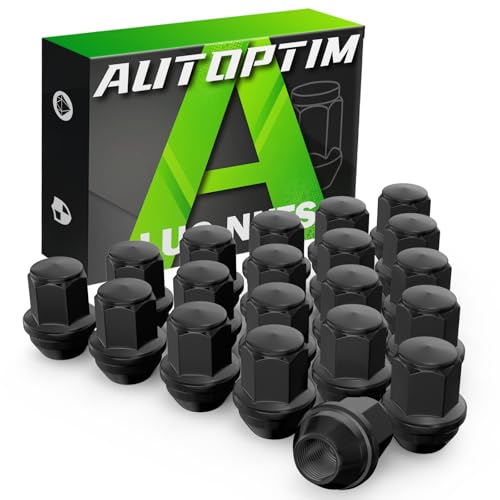- Joined
- Dec 17, 2012
- Messages
- 42
- Reaction score
- 1
- Location
- Dallas, TX
- My Car
- 1973 Mustang Mach 1
Bright Red
Thanks for the responses. I forgot to mention that nearly $600 of that engine build can be attributed to the roller rocker conversion ($320 labor & $250 parts). I asked him to give me a cost for the conversion, but is not something that I'm convinced one way or the other yet. The Crane conversion kit w/ the 5/16" studs would save me about $200, and sticking w/ stock steel pedestal rockers saves me about $500. Any input there would be helpful as well, though I'm sure that's a topic that has been covered pretty thoroughly, and ultimately is something that I need to decide if it is a "needed" or "recommended" upgrade.
As for the cam, it's actually a 107 degree lobe separation angle.
Maybe it's because I'm new to auto restoration projects, but it just doesn't feel right to me to throw on modern aluminum heads. I'm still struggling with the idea of not using the stock intake manifold. I'm more interested in restoring the car than simply gaining performance for the lowest possible cost.
I'm more interested in restoring the car than simply gaining performance for the lowest possible cost.
As for the cam, it's actually a 107 degree lobe separation angle.
Maybe it's because I'm new to auto restoration projects, but it just doesn't feel right to me to throw on modern aluminum heads. I'm still struggling with the idea of not using the stock intake manifold.





















































